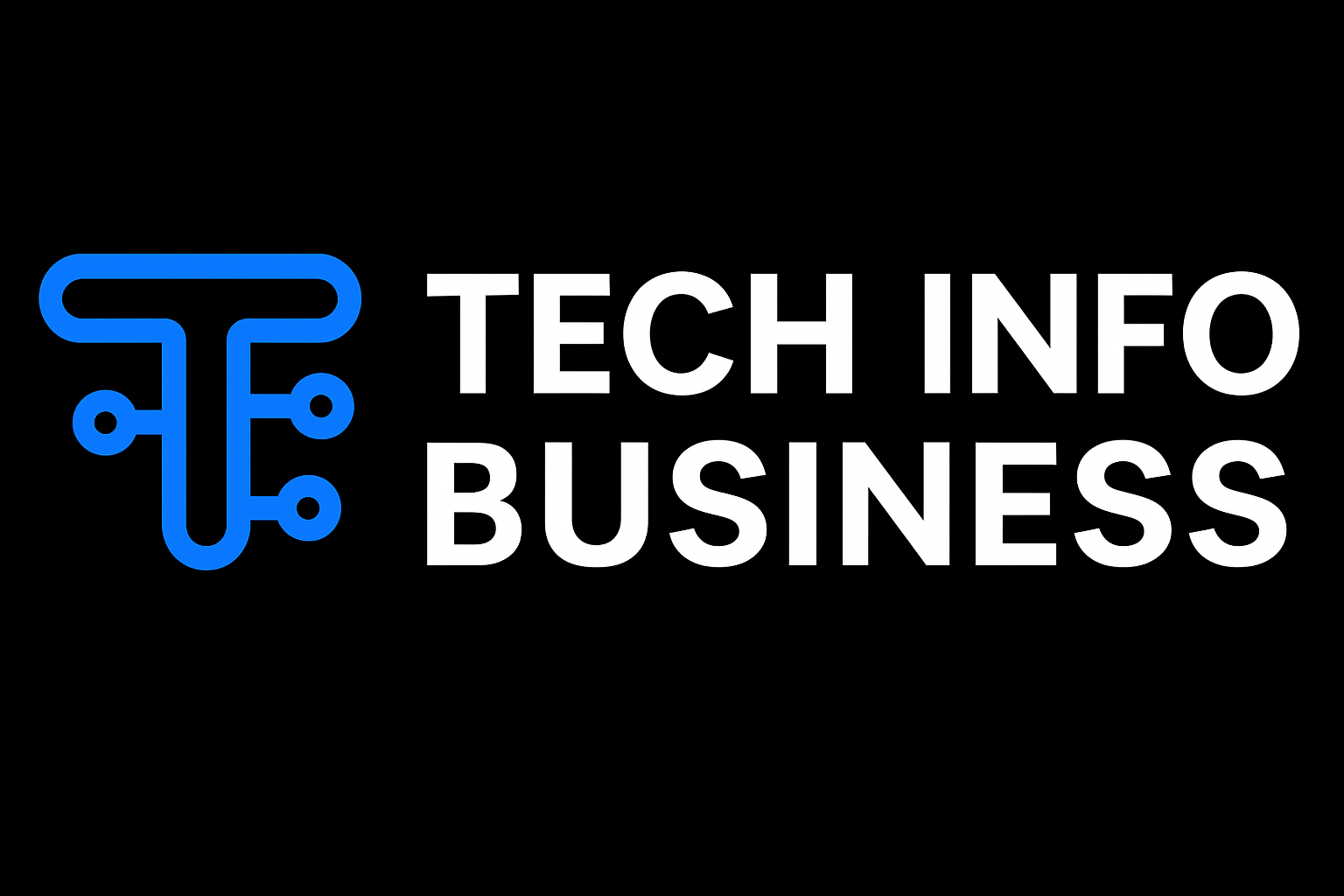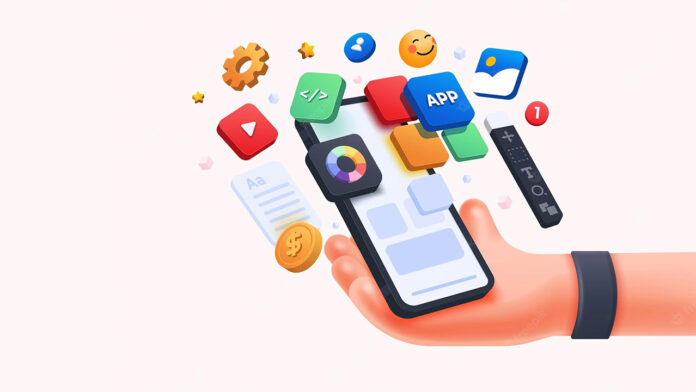Mobile app development has entered a new era where artificial intelligence, cross-platform flexibility, and immersive experiences redefine what developers can create. Android powers more than 2.5 billion devices, while iOS dominates the premium mobile segment—together shaping the most lucrative software ecosystem in the world.
Building powerful, user-friendly, and intelligent apps today requires the best tools for Android and iOS app development that blend performance, automation, and creativity.
Below, we explore the most influential tools, frameworks, and technologies that are helping developers design next-generation mobile experiences in 2025.
1. Android Studio — The Intelligent Development Powerhouse
Google’s official IDE remains the beating heart of Android development. The 2025 “Electric Eel” and later releases have turned Android Studio into an AI-infused workspace. Through Gemini integration and new Agent Mode, developers can now describe a goal in natural language and watch the IDE plan and execute code changes across multiple files automatically.
Features such as real-time documentation lookup, API upgrade automation, and Back Up & Sync make coding, testing, and publishing smoother than ever. Combined with built-in profiling, GitHub integration, and a vast plugin ecosystem, Android Studio remains the most capable environment for building, debugging, and deploying Android apps at any scale.
2. Xcode and Swift — The Backbone of iOS Excellence
For Apple’s ecosystem, Xcode remains the official IDE and pairs perfectly with Swift, Apple’s open-source programming language. Swift’s clean, readable syntax, safety features, and performance edge over Objective-C make it ideal for building secure and high-speed iOS, macOS, and watchOS apps.
Xcode’s Interface Builder, TestFlight integration, and SwiftUI previews enable developers to design elegant interfaces and iterate quickly. Together, Xcode and Swift form the most optimized pipeline for apps targeting Apple hardware, ensuring seamless App Store submission and consistent user experience across iPhones, iPads, and Apple Watch.
3. Kotlin — Modern Language for Android and Beyond
Kotlin, developed by JetBrains and officially backed by Google, has evolved into the default language for Android development. Its concise syntax, null-safety, and coroutine-based concurrency make it faster and more reliable than legacy Java code.
Interoperability with Java and full Android Studio support allows gradual migration for existing projects. Kotlin Multiplatform is also gaining traction, enabling shared logic across Android, iOS, desktop, and web. For developers focused on Android or cross-platform efficiency, Kotlin is both future-proof and developer-friendly.
4. Jetpack Compose — The Future of Native Android UI
Google’s modern declarative toolkit, Jetpack Compose, reimagines UI development by letting developers describe what the interface should look like rather than how to build it step-by-step. Similar to React and SwiftUI, it automatically reacts to data or state changes.
Compose drastically reduces boilerplate, provides powerful theming and animation APIs, and integrates with existing Jetpack libraries. The upcoming Navigation 3 (now in beta) extends Compose’s declarative principles to navigation, offering adaptive layouts and smooth animations. For any developer crafting intuitive Android UIs, Jetpack Compose is essential.
5. Flutter — Unified Development with Stunning UIs
Flutter, Google’s open-source framework written in Dart, continues to dominate cross-platform app development. It allows building for Android, iOS, web, and desktop from a single codebase while delivering near-native performance.
Its vast library of customizable widgets and the ability to hot-reload changes make UI iteration incredibly fast. Flutter is especially powerful for apps that rely on beautiful animations, graphics-intensive layouts, or custom design systems.
For startups and product teams that value design consistency and time-to-market, Flutter remains a real game-changer in 2025.
6. React Native — Mature Cross-Platform Framework by Meta
Created by Facebook (now Meta), React Native lets developers write mobile apps using JavaScript and React principles, then render them as native components on iOS and Android. Its hot reloading, shared codebase, and thriving ecosystem make it ideal for teams with existing web expertise.
While Flutter focuses on UI performance, React Native excels at developer productivity and integration with existing codebases. With ongoing support from Meta and the open-source community, React Native remains one of the most battle-tested solutions for cross-platform mobile development.
7. Firebase — Backend-as-a-Service for Real-Time Apps
Developers who prefer focusing on front-end logic can rely on Firebase, Google’s comprehensive mobile platform that handles authentication, cloud storage, analytics, and hosting.
Its real-time database keeps data instantly synchronized between clients, and Firebase Crashlytics plus Performance Monitoring help maintain stability post-launch.
The newest addition, Firebase AI Logic, connects directly with Gemini models like Nano Banana and Imagen, letting developers add on-device or cloud-based AI for image generation, summarization, or voice-to-text reviews—without managing servers. It’s the go-to backend for Android and iOS developers seeking scalability with minimal DevOps.
8. TensorFlow Lite — Powering On-Device Intelligence
Machine learning is no longer optional. TensorFlow Lite, Google’s lightweight ML framework, allows developers to run pre-trained models directly on mobile devices.
Use cases include image recognition, object detection, speech processing, and smart text predictions—all executed locally for privacy and responsiveness. In combination with the new Prompt API for Gemini Nano, developers can build personalized, AI-driven features that keep user data on the device, improving both performance and trust.
9. Fastlane — Automating Builds, Tests, and Releases
When apps mature, automating repetitive release tasks becomes critical. Fastlane simplifies the entire pipeline—building, signing, screenshot generation, beta deployment, and App Store or Play Store publishing—through command-line workflows and CI integration.
Already adopted by over 175,000 developers, Fastlane saves countless engineering hours while ensuring consistent, error-free releases. For teams maintaining both Android and iOS versions, it’s indispensable for continuous delivery.
10. Sentry and SonarQube — Quality and Reliability Guardians
Bugs and performance issues can destroy user trust, so integrating monitoring and code-quality tools is essential.
- Sentry provides real-time crash reporting, performance tracking, and detailed diagnostics for both Android and iOS. It helps teams reproduce issues instantly and maintain app stability.
- SonarQube enforces code quality, security, and test coverage standards. It performs static analysis, detects vulnerabilities, and integrates into IDEs and CI systems, guaranteeing cleaner, more maintainable code.
Togeaher, these platforms enable developers to ship stable, production-ready apps that meet rising user expectations.
11. Emerging AI and XR Tools — Shaping the Next Frontier
Gemini Prompt API and Agent Mode
Developers can now feed custom prompts to Gemini Nano for personalized on-device AI experiences, from smart summarization to contextual assistance. Agent Mode in Android Studio turns the IDE into an intelligent collaborator capable of understanding goals and executing code modifications automatically.
Android XR and Jetpack XR SDK
2025 also introduced the Samsung Galaxy XR, the first device built for Android’s spatial-computing ecosystem. Developers can extend existing Android apps into immersive environments using the Jetpack XR SDK, reusing familiar tools and codebases. Early adopters like the Calm team have already turned 2D mobile apps into interactive XR experiences within weeks.
12. Cross-Platform Alternatives — Xamarin and Apache Cordova
For developers rooted in the Microsoft stack, Xamarin remains a practical cross-platform choice. It allows coding in C# with full access to native APIs and excellent Visual Studio integration, making it well-suited for enterprise applications.
Meanwhile, Apache Cordova (formerly PhoneGap) provides a simple way to turn HTML, CSS, and JavaScript into hybrid apps with access to device features. Though lighter and less performant than Flutter or React Native, Cordova is still useful for prototyping or extending existing web apps into mobile form.
13. Backend and Cloud Enhancements via Google Play Console
Google Play has evolved to complement faster, AI-assisted development. Its redesigned goal-oriented dashboard now highlights actionable business metrics, while AI-generated analytics summaries and auto-localized app strings streamline global publishing. Deep-link validation during pre-release testing ensures smooth rollouts.
Combined with tools like Firebase and Fastlane, these improvements allow businesses to match the speed of AI-powered coding with smarter distribution.
14. The Rise of Benchmarks for AI Coding Models
With AI writing more of our code, Google is creating a benchmark dataset for Android development—a collection of real-world GitHub pull requests verified by human tests. The initiative helps measure how effectively large language models handle Android-specific tasks like dependency resolution and UI logic.
This benchmark will soon guide both LLM makers and developers toward higher-quality AI-assisted programming, ensuring that AI tools understand the nuances of modern Android app architecture.
15. Choosing the Right Toolset in 2025
The best tools for Android and iOS app development depend on your goals:
| Objective | Recommended Tools |
|---|---|
| Native Android apps | Android Studio + Kotlin + Jetpack Compose |
| Native iOS apps | Xcode + Swift |
| Cross-platform development | Flutter or React Native |
| Enterprise or Microsoft stack | Xamarin |
| Lightweight hybrid/web apps | Apache Cordova |
| Backend & analytics | Firebase |
| Automation & delivery | Fastlane |
| Monitoring & quality | Sentry + SonarQube |
| AI and on-device intelligence | Gemini Nano, TensorFlow Lite, Prompt API |
| Immersive/spatial apps | Jetpack XR SDK |
The right combination ensures faster iteration, cleaner architecture, and user experiences that stand out across both ecosystems.
Conclusion
Mobile development in 2025 is defined by intelligent automation, cross-platform agility, and immersive interaction. Tools like Android Studio, Xcode, Kotlin, Swift, Flutter, and React Native remain core to building high-performance apps, while Firebase, Fastlane, Sentry, and SonarQube handle deployment and quality assurance.
At the same time, Google’s Gemini ecosystem and Jetpack XR SDK signal a new horizon where developers move beyond screens into AI-driven, spatially-aware experiences.
See Also:https://techinfobusiness.co.uk/role-of-data-analytics-in-business-decision-making/
FAQs
1. What are the best tools for Android and iOS app development in 2025?
Top tools include Android Studio, Xcode, Flutter, React Native, Kotlin, Swift, and Firebase.
2. Which framework is best for cross-platform mobile apps?
Flutter and React Native are the leading choices for building apps for both Android and iOS from a single codebase.
3. Is Kotlin better than Java for Android development?
Yes. Kotlin is faster, more concise, and officially supported by Google, making it the preferred language for modern Android apps.
4. Which tool helps automate app deployment and testing?
Fastlane is the go-to automation tool for building, testing, and publishing Android and iOS apps efficiently.
5. How can developers add AI features to mobile apps?
Tools like Firebase AI Logic, Gemini Nano, and TensorFlow Lite let developers integrate on-device or cloud-based AI for smarter app experiences.


